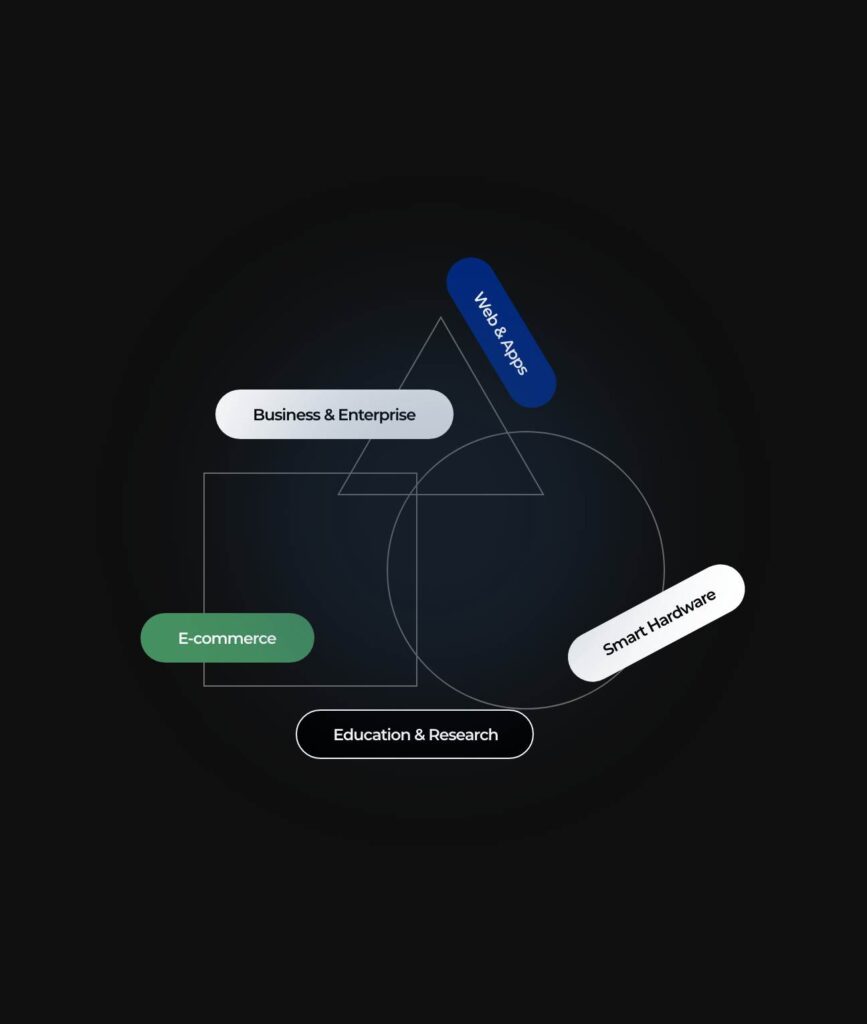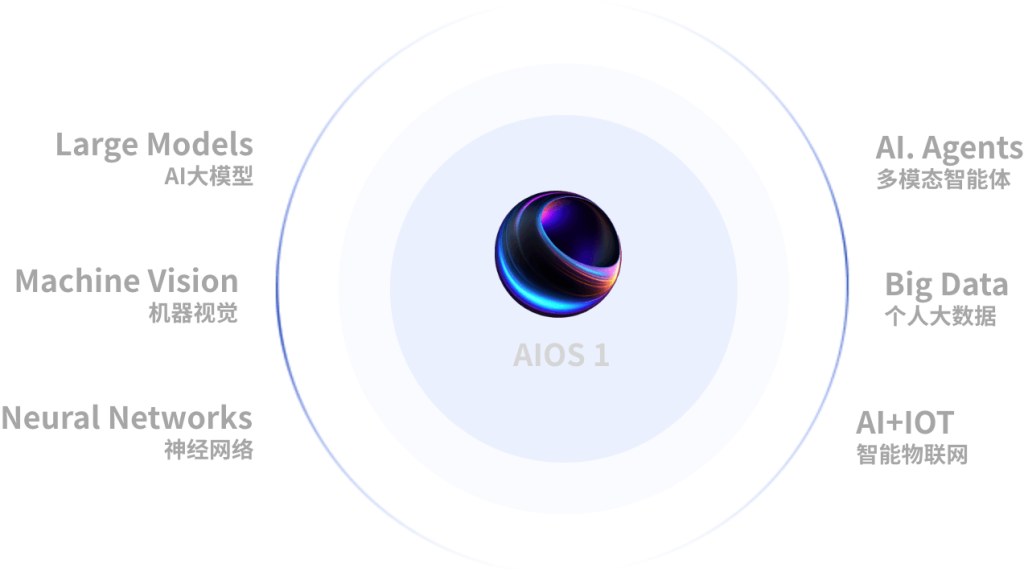In the last decade, the integration of Artificial Intelligence (AI) into various sectors has profoundly transformed the way we interact with technology. The education sector and user experience (UX) design have emerged as two primary fields where AI products are rapidly making an impact. These innovations not only enhance learning outcomes but also improve user engagement, personalizing experiences in unprecedented ways. This article explores the latest advancements, trends, and practical applications of AI in education technology and UX design, underscoring their significance in today’s digital landscape.
.
### The Rise of AI in Education Technology
The education technology industry is experiencing an AI-driven revolution. Educational institutions increasingly recognize the value of AI products in augmenting teaching methodologies and administrative processes. This shift is precipitated by a growing demand for personalized learning solutions that address the diverse needs of students.
.
#### AI-Powered Learning Assistants
One of the most notable AI applications in education is the emergence of learning assistants that leverage natural language processing (NLP) and machine learning algorithms. These AI products can analyze a student’s performance, offering tailored feedback and resources. For example, platforms like Carnegie Learning and Knewton employ AI to adapt content and assessments based on individual learning patterns. This personalization results in improved engagement and understanding, as students receive support tailored to their unique needs.
.
#### Intelligent Tutoring Systems
Intelligent Tutoring Systems (ITS) have gained traction as they fuse the principles of tutoring with AI technologies. Unlike traditional learning systems, ITS can simulate one-on-one tutoring experiences, providing instant guidance and feedback. Research has shown that systems like ALEKS and Smart Sparrow can enhance learning outcomes by identifying gaps in knowledge and offering targeted exercises to fill those gaps. By adapting in real-time to student responses, these systems ensure that learners are continually challenged yet supported.
.
### Trends in AI and Education
As AI products proliferate in education technology, several trends have emerged.
.
#### Data-Driven Insights
One significant trend is the use of data analytics to create insights that drive educational strategies. By analyzing large datasets comprising student interactions and outcomes, educational institutions can identify patterns, enabling them to tailor their curriculum and teaching methodologies effectively. Tools like Google Classroom and Blackboard now incorporate these analytics, providing educators with a clearer picture of student engagement and performance.
.
#### Gamification and Engagement
AI is also facilitating the gamification of learning experiences, driving student engagement. Educational game platforms such as Kahoot! and Quizlet harness AI algorithms to create interactive and adaptive learning environments that make education more enjoyable. This trend not only supports knowledge retention but also promotes a more collaborative learning atmosphere.
.
### AI in User Experience Design
Transitioning to user experience design, the impact of AI is equally transformative. As digital interfaces become increasingly complex, AI products are essential for creating intuitive, user-centered designs. The application of AI in UX design enhances usability, leading to improved customer satisfaction and loyalty.
.
#### Personalized User Interfaces
One of the most compelling applications of AI in UX design is the creation of personalized user interfaces. By analyzing user behavior and preferences, AI algorithms can dynamically adjust UI elements to fit individual needs. For example, Spotify employs AI to curate playlists tailored specifically to user tastes, fundamentally enhancing the overall experience. Such personalized interactions ensure that users feel valued and understood, thus increasing retention rates.
.
#### Chatbots and Virtual Assistants
Another significant aspect of AI in UX is the development of chatbots and virtual assistants. These AI products transform customer service by providing instant support and accessibility. Platforms like Drift and Intercom allow businesses to engage with users in real-time, resolving inquiries efficiently and enhancing user satisfaction. With AI chatbots available 24/7, businesses can maintain a constant level of service that boosts user trust and relies heavily on data collection to improve future interactions.
.
### Trends in AI for UX Design
Several trends outline the current landscape of AI integration in user experience design.
.
#### Emotion Recognition
An exciting frontier in UX design is emotion recognition technology, which utilizes AI to assess user emotions based on facial expressions and voice intonation. Companies like Affectiva are pioneering this area, allowing digital products to react and adapt based on user emotions. This technology helps create empathetic designs, enhancing the emotional connection between users and products.
.
#### Predictive Analytics
Predictive analytics harness AI to forecast user behavior, allowing designers to create more effective, user-centric interfaces. By understanding trends and patterns, designers can anticipate user needs, streamlining content delivery and improving user journeys across various digital platforms.
.
### Industry Use Cases: Success Stories
To illustrate the profound capabilities of AI products in education technology and UX design, let’s examine some successful industry applications.
.
#### Coursera: Transforming Online Learning
Coursera, a leading online learning platform, utilizes AI technology to enhance its learning offerings. By analyzing user data and course feedback, the platform can recommend personalized learning paths and even adapt course material based on aggregated user performance. This tailored approach has significantly improved student completion rates and engagement levels, showcasing the efficacy of AI in education.
.
#### Adobe: Pioneering User Experience Design
Adobe’s applications, such as Adobe Sensei, leverage AI to automate repetitive tasks, offer design suggestions, and enhance user productivity in UX design. By streamlining the design process, designers can focus on creativity while AI manages mundane elements, allowing for a more iterative, user-focused design approach. Adobe Sensei’s ability to analyze vast amounts of design data further empowers designers, making it an invaluable tool in the UX landscape.
.
### Conclusion: The Future of AI in Education and UX Design
The rapid advancements in AI technology indicate a bright future for both education technology and user experience design. As AI products continue to evolve, their ability to personalize learning experiences and enhance user interactions will only grow stronger. Educational institutions and design teams that leverage these technologies stand to gain not only efficiency and effectiveness but also increased satisfaction among users and learners alike.
.
The synergy between AI, education technology, and user experience design holds exciting possibilities for the future. By embracing these innovations, stakeholders across various industries can foster environments where knowledge flourishes and user experiences are unparalleled. The integration of AI into these fields is not just a trend; it is the future of how we learn, interact, and engage with technology.
.
**Sources**
1. Carver, S. & Rivers, D. “Adaptive Learning Technologies.” Journal of Educational Technology, Vol. 57, 2021.
2. Smith, A. “AI in User Experience Design: Enhancing Engagement.” International Journal of Design and Innovation, 2022.
3. Johnson, R. “Gamification in Education: Driving Student Engagement.” Educational Research Quarterly, Vol. 44, No. 3, 2023.
4. Torres, L. “Data-Driven Insights in Education: The Role of AI.” Educational Data Mining Journal, 2023.
5. Lee, T. “The Future of Chatbots in User Experience.” Journal of Digital Interaction, 2023.
By investing in AI products, businesses and educational institutions can shape a future where personalized learning and exceptional user experiences become the norm, fostering a world that thrives on knowledge and creativity.





























